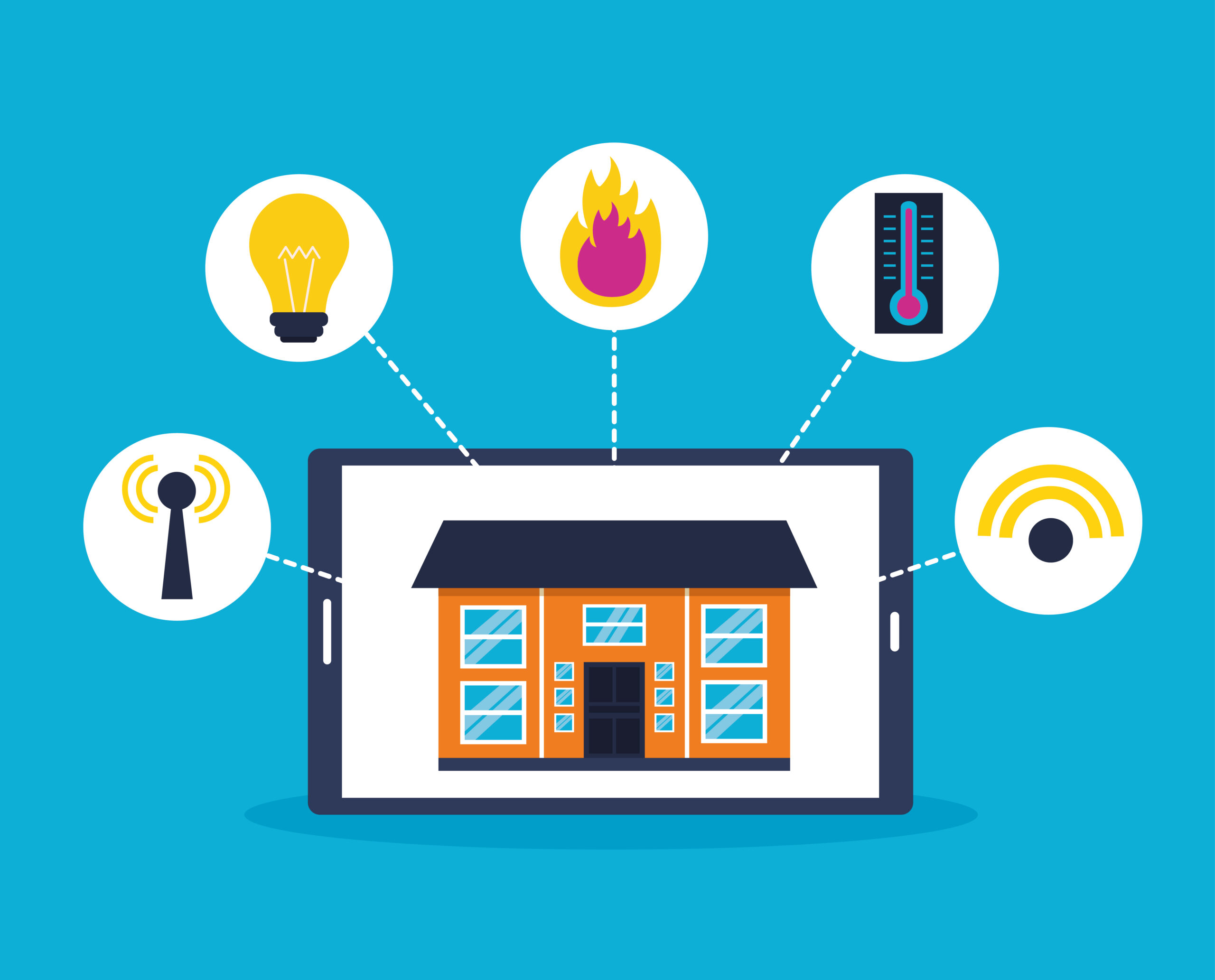The Internet of Things (IoT) has become an integral part of our daily lives, seamlessly weaving a tapestry of interconnected devices that communicate and collaborate to enhance efficiency and convenience. Behind the scenes, the connectivity of IoT devices is a complex web of protocols, networks, and technologies working together to facilitate seamless communication. In this article, we will delve into the intricate details of how IoT devices are connected, exploring the underlying mechanisms that enable them to exchange information and function as a cohesive ecosystem, with a particular focus on remote device management.
Protocols: The Language of IoT
At the core of IoT connectivity are communication protocols, which serve as the language that devices use to exchange information. Different protocols cater to various aspects of connectivity, ensuring interoperability and efficient data transfer. Two prevalent protocols in the IoT landscape are MQTT (Message Queuing Telemetry Transport) and CoAP (Constrained Application Protocol).
MQTT, known for its lightweight and efficient nature, is widely used for low-power, constrained devices. It operates on a publish-subscribe model, allowing devices to subscribe to specific topics and receive updates when relevant information is published. On the other hand, CoAP is designed for resource-constrained devices and operates over UDP (User Datagram Protocol), making it suitable for environments where network resources are limited.
These protocols form the foundation for communication between IoT devices, enabling them to transmit data securely and reliably.
Networks: Weaving the Connectivity Fabric
IoT devices rely on various networks to establish connections and transmit data. These networks can be categorized into short-range and long-range networks, each serving distinct purposes in the IoT ecosystem.
Short-range networks, such as Bluetooth and Zigbee, are ideal for communication within a confined space. Bluetooth, with its low energy consumption, is commonly used for connecting devices like wearables and smart home gadgets. Zigbee, on the other hand, excels in forming mesh networks, enabling devices to communicate with each other and extend the range of connectivity.
Long-range networks, encompassing cellular networks and Low-Power Wide-Area Networks (LPWAN), are pivotal in establishing connectivity for Internet of Things (IoT) devices across expansive geographical areas. Cellular networks offer extensive coverage and facilitate high-speed data transfer, rendering them well-suited for applications like asset tracking and industrial monitoring. Their wide-reaching capabilities make them instrumental in connecting devices across diverse environments.
On the other hand, LPWAN technologies, exemplified by LoRa (Long Range) and NB-IoT (Narrowband IoT), prioritize energy efficiency and long-range communication. This makes them particularly advantageous for scenarios where IoT devices are deployed in remote locations with limited power sources. The focus on energy conservation aligns with the requirements of applications that demand sustained operation in challenging and resource-constrained settings.
Gateways: Bridging the Divide
Within the intricate realm of the Internet of Things (IoT), devices frequently function on diverse communication protocols and networks. Gateways play a crucial role as intermediaries, seamlessly connecting devices with disparate connectivity specifications. These gateways serve to aggregate data from numerous sources, conducting protocol translations when required, and subsequently transmitting the refined information to the cloud or other segments of the network. In doing so, they facilitate cohesive communication and interoperability, overcoming the challenges posed by the varied technological landscapes inherent in IoT ecosystems.
Gateways play a pivotal role in ensuring seamless communication within an IoT ecosystem. They enhance interoperability by translating data formats, facilitating communication between devices that would otherwise struggle to connect directly. Moreover, gateways contribute to data security by implementing measures such as encryption and authentication before transmitting information over the network.
Cloud Computing: The Hub of IoT Connectivity
Central to the connectivity of IoT devices is cloud computing, serving as the hub where data is collected, processed, and analyzed. Cloud platforms, such as Amazon Web Services (AWS) IoT, Microsoft Azure IoT, and Google Cloud IoT, provide the infrastructure and services needed to manage and analyze the vast amounts of data generated by IoT devices.
IoT devices play a crucial role in the modern technological landscape by transmitting data to the cloud, where it undergoes storage, processing, and becomes accessible for various applications and services. The power of cloud computing lies in its capacity for real-time analytics, empowering businesses and individuals to extract actionable insights from the constant influx of data generated by these devices. Additionally, cloud platforms support remote device management, firmware updates, and scalability, ensuring a smooth and efficient integration of new devices into the expanding and dynamic IoT ecosystem.
Security: Safeguarding the IoT Ecosystem
As the number of connected devices continues to rise, ensuring the security of IoT connectivity becomes paramount. The interconnected nature of IoT devices makes them susceptible to various threats, ranging from unauthorized access to data breaches. Several security measures are implemented to safeguard the integrity and confidentiality of IoT communications.
Encryption plays a pivotal role in securing data transmitted between devices and the cloud. Communication over networks and between devices is often encrypted using protocols like TLS (Transport Layer Security) to prevent eavesdropping and unauthorized access. Additionally, secure authentication mechanisms, such as Public Key Infrastructure (PKI), are employed to verify the identity of devices and ensure that only authorized entities can access sensitive information.
Device management platforms are integral for safeguarding the security of Internet of Things (IoT) deployments. Their significance lies in facilitating remote monitoring, configuration, and firmware updates for devices. In addressing security vulnerabilities or implementing updates, these platforms ensure the swift deployment of patches. This proactive approach minimizes the risk of exploitation, enhancing the overall resilience and reliability of IoT systems.
Conclusion
The intricate tapestry of IoT device connectivity is a dynamic interplay encompassing communication protocols, diverse networks, gateways, cloud computing, and stringent security measures. In the ever-expanding landscape of IoT devices across industries, a comprehensive grasp of these connectivity mechanisms becomes imperative. The seamless integration of IoT devices into our daily lives pivots on the skillful orchestration of these elements, guaranteeing not only reliable but also secure communication—a fundamental backbone of the flourishing IoT ecosystem. As we navigate the continuous evolution of technology, the synergy between these components becomes paramount for the sustained growth and innovation within the realm of IoT.



